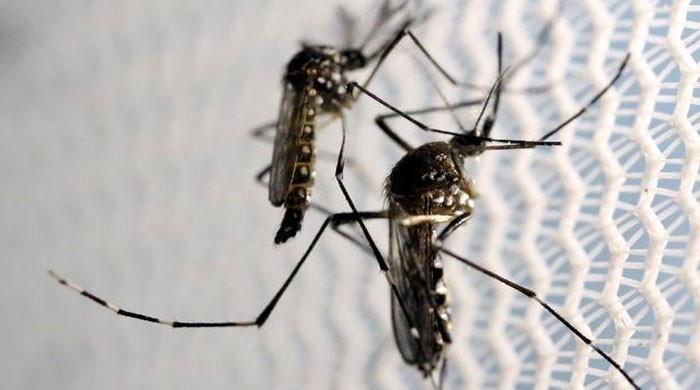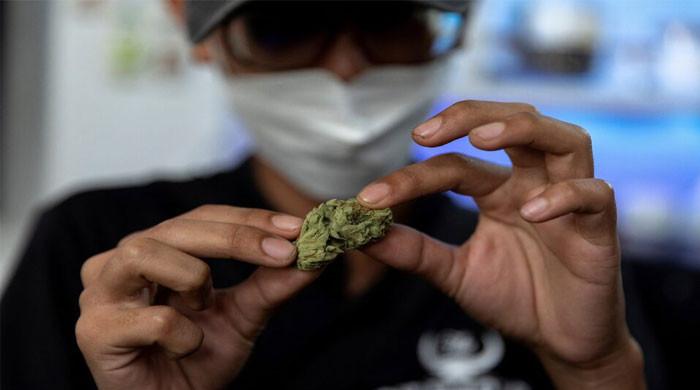From deficiencies to diseases: What fingernails can reveal about your health?
Beyond protecting skin beneath them, nails may indicate underlying health issues
February 11, 2025

Fingernails do more than enhance appearance; they can provide valuable insights into a person’s health, BBC reported.
Beyond protecting the skin beneath them, nails may indicate underlying health issues, from nutrient deficiencies to serious diseases.
For example, while the appearance of white flecks, known as leukonychia, is often linked to a calcium deficiency, research suggests that the causes may be more complex, often related to trauma or even certain diseases.
Nails, composed of keratin, are a natural extension of the skin, and their condition can signal issues within the body. The lunula, the half-moon shape at the base of the nail, is crucial in producing new cells that harden into the nail plate, while the cuticle offers protection from pathogens.
Medical professionals look closely at nails during diagnosis. Dr. Dan Baumgardt, a general practitioner, highlights clubbing as one of the first signs of severe health conditions, including lung cancer.
This condition causes the nail beds to soften, leading to a "drumstick" appearance, and is often linked to low oxygen levels in the blood.
Other symptoms, such as white nails, can signal issues ranging from liver disease to protein deficiency, while blue nails may indicate poor oxygenation, often due to heart disease or emphysema.
Conditions like fungal infections can be detected through nail color changes, with yellow or white nails potentially indicating a fungal issue. Similarly, changes in shape, such as spoon-shaped nails (koilonychia), can point to iron deficiency anemia or even coeliac disease.
Though nail changes can be caused by lifestyle factors like overuse of nail products, persistent alterations in appearance should be evaluated by a healthcare professional to rule out more serious conditions.









